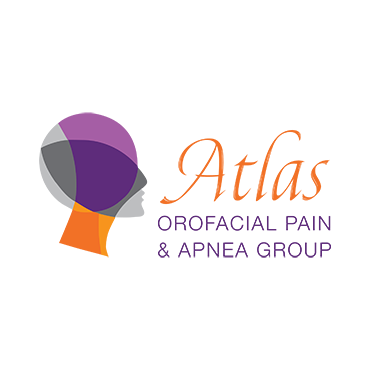Temporomandibular disorders (TMD) are disorders of the jaw muscles, temporomandibular joints, and/or the nerves associated with chronic facial pain. Any problem that prevents the complex system of muscles, bones, and joints from working together in harmony may result in temporomandibular disorder.
Most oral health professionals will agree that the primary cause of this disorder is excessive strain on the muscle group that controls chewing, swallowing, and speech. This strain may be a result of bruxism (incessant clenching of the teeth), or from physical or mental stress. These factors may be the cause, in most cases, or may aggravate an existing condition of TMD.
Specific treatment for TMD will be determined by your physician, dentist or physical therapist based on your age, overall health, medical history, extent of the disease, your tolerance for specific procedures or therapies, expectations for the course of the disease, and your opinion or preference.
Treatments may include manual therapy techniques such as massage or joint mobilization, therapeutic exercise, education and modalities as appropriate. Modalities such as hot/cold, ultrasound and cold laser may help to reduce symptoms and improve one’s ability to tolerate more active treatments.

